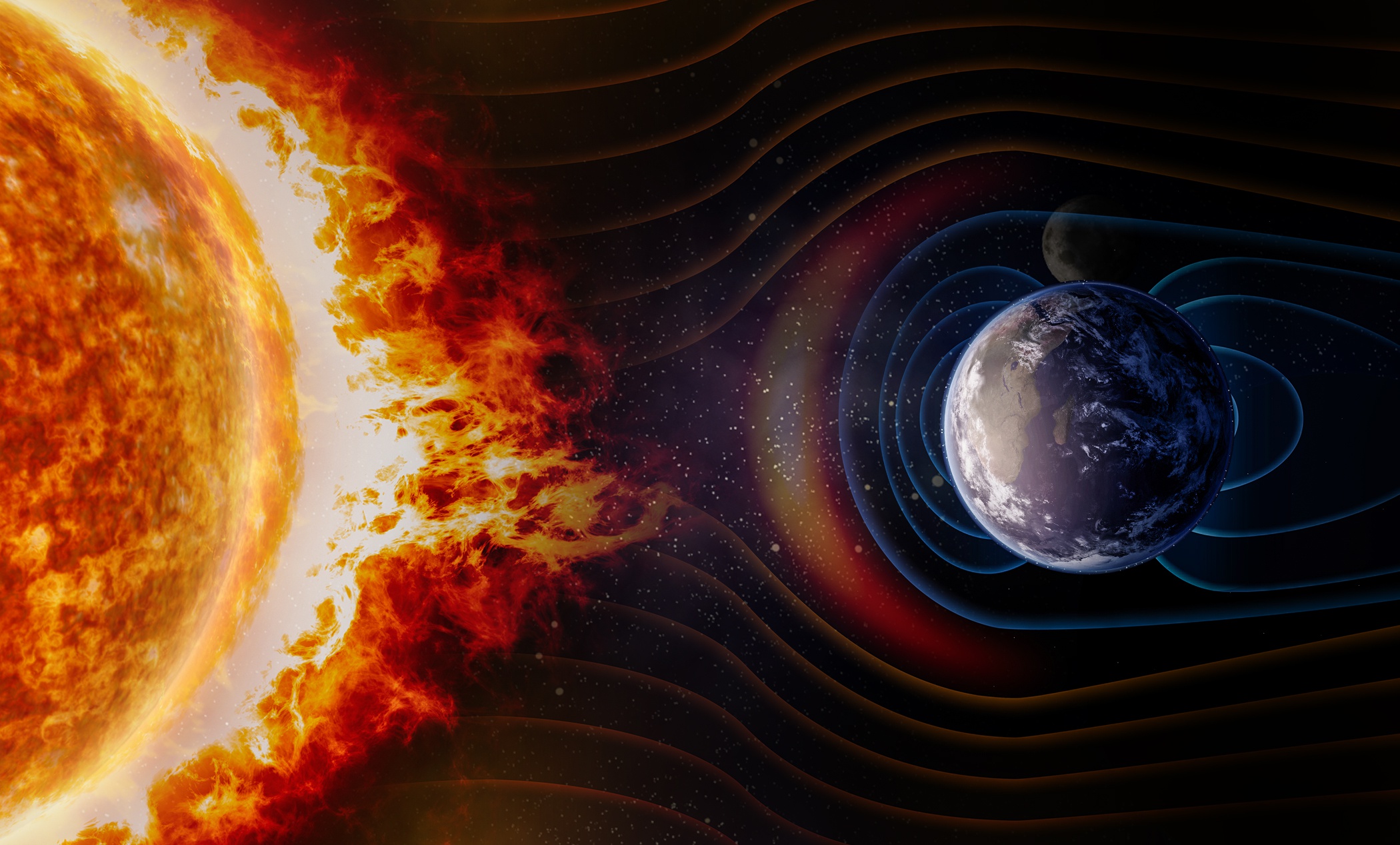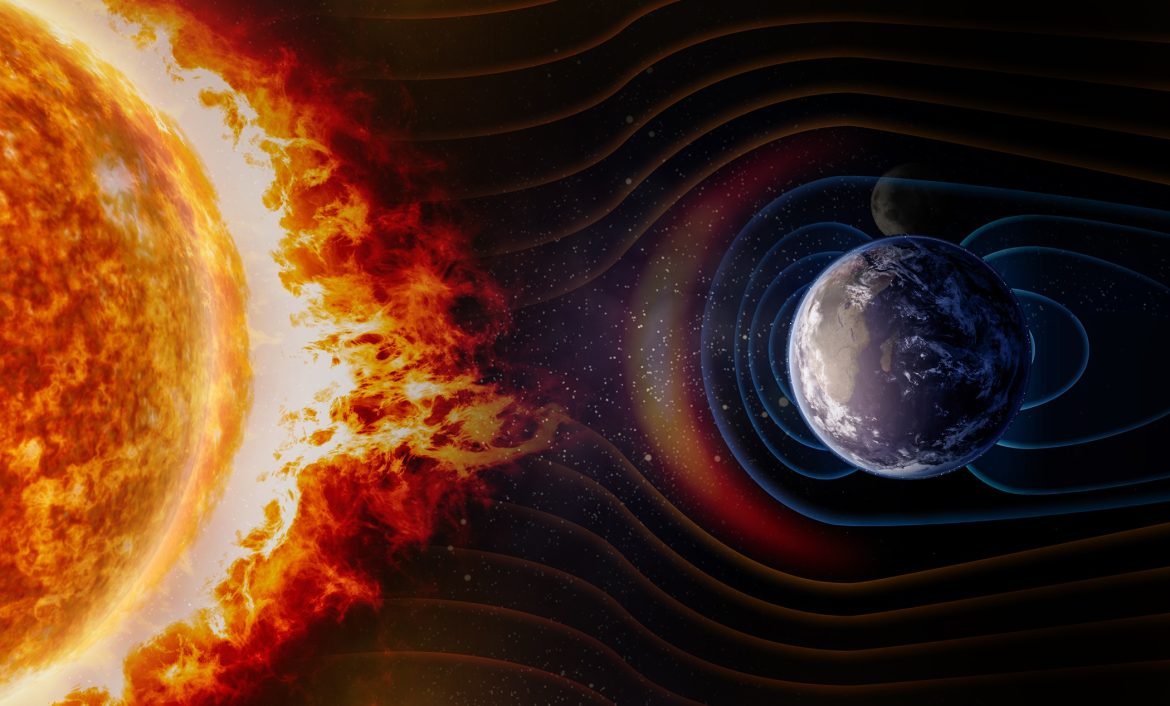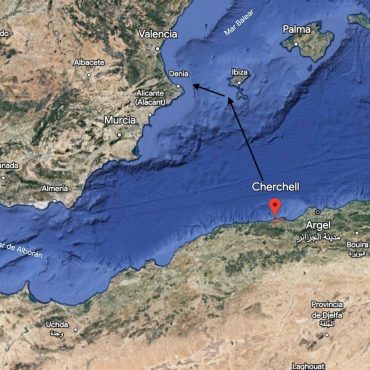-
 play_arrow
play_arrow
BayRadio Listen Live Broadcasting in Spain
A solar storm could hit Earth this Tuesday, according to NASA’s prediction model


A solar storm could hit the Earth today as revealed by NASA’s prediction model. Scientist Tamitha Skov, known as ‘Space Weather Woman’, is a researcher at the US Aerospace Corporation. On Saturday she posted a video of NASA’s prediction model and wrote: “Direct hit! A serpent-shaped filament of a solar storm will impact the Earth”.
Skov also warns that the arrival of this solar storm tentacle could cause problems in GPS and radio systems. In another message she predicts the direction it can take and the strength it would attain according to the orientation.
After her prognosis, the scientist posted an impressive five-second video of the sun. ” The long serpent-shaped filament travels across the Sun in an impressive ballet,” she writes. She adds, “The magnetic orientation of this solar storm to Earth is going to be difficult to predict. If the magnetic field of this storm is facing south, conditions of level G2 (possibly G3) may occur”.
Solar storms are classified from 1 to 5, so a G2 would be a moderate impact. Interference on GPS or radio signals can last from a few minutes to hours if they are more intense. When these filaments arrive on Earth “the energy of a solar flare will interact with the ionosphere, the outermost layer of the atmosphere that is critical for radio signals,” Alex Young told The Washington Post, associate director of science in the heliophysics division of NASA’s Goddard Flight Center in Greenbelt, Maryland.
A solar storm, also known as a geomagnetic storm, is an episode of higher solar wind emission or coronal mass ejections that, when intense enough, produce alterations in the Earth’s magnetosphere. On the other hand, the solar wind is a stream of electrically charged particles that the Sun emits continuously in all directions into space. When this flow is more intense than normal, solar storms occur.
On the other hand, a coronal mass ejection is a kind of solar explosion that brings with it a spectacular ejection of matter, more specifically solar plasma with magnetic properties. The Sun goes through different phases, since every 11 years its magnetic poles are inverted and it abandons its relative calm to be intensely active. It is at the peak of solar activity or at the solar maximum when coronal mass ejections occur most often and also when there are more solar storms.
So far, the most powerful solar storm recorded was Carrington Storm in 1859, by astronomer Richard Carrington, who witnessed the event and was the first person to understand the relationship between solar activity and Earth’s geomagnetic alterations.
In 2012 a similar magnitude occurred to the nineteenth century, although it passed without hitting us. Others were produced in 1921, 1989, 1994, 1997 and 2000, damaging GPS systems, electrical networks and several communications satellites, which affected the work of the press in localized places and forced to stop hydroelectric plants.
Written by: BayRadio News
Similar posts
Recent Posts
- Robotic Surgery for Prostate Cancer: What Is Radical Prostatectomy and How Does the Da Vinci Robot Improve It
- What Is Fibromyalgia? Symptoms and Treatments of an Invisible Illness That Requires Specialized Attention
- AMASVISTA Glass: 10 reasons to choose SUNFLEX glass curtains
- Robotic Surgery, Immunotherapy and Comprehensive Care Take Centre Stage at Pancreatic Cancer Conference at Quirónsalud Torrevieja
- Robotic Surgery Against Ovarian Cancer: Greater Precision, Less Pain and Faster Recovery

Ctra. Cabo La Nao, CC La Nao, Local 6 03730 Javea, Alicante, Spain
Advertise with us
Do you have a business in Spain? Do you provide a service to the expat community in Spain? Would you like your message to reach over 500.000 people on a weekly basis?
BayRadio is a community orientated radio station offering fantastic content to our many listeners and followers across our various platforms. Contact us now and find out what Bay can do for you!
Our business is helping your business grow.
BAY RADIO S.L. © 2024. ALL RIGHTS RESERVED. WEB DESIGN BY MEDIANIC







